Making the journey to mail a letter or package is not always the easiest (or most enjoyable) task, especially given the long lines and often questionable customer service. Whether you’re sending a care package or lots of wedding invitations, everything can be done right from your kitchen table — signed, sealed and delivered. It’s not as complicated or expensive as you might think.
Of course, the best place to get started is the United States Postal Service (USPS.) They’re ready to deliver all the information you need to set up your very own mini post office right at home.
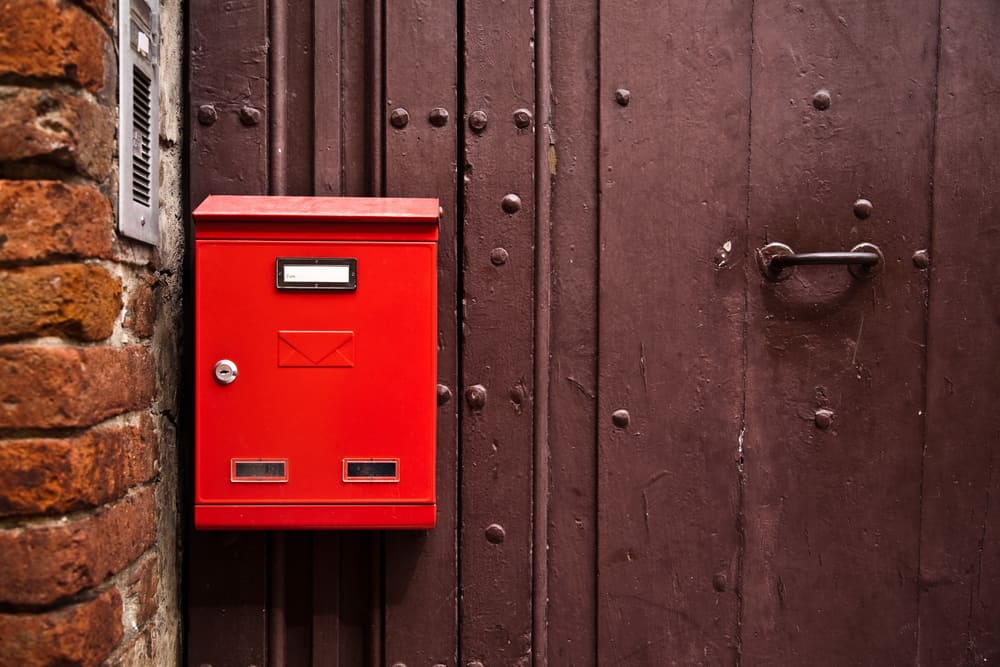
How to mail a package
Learning how to ship a package from home doesn’t have to be hard! Use these tips to help you prepare your shipment at home. Why go out when you don’t have to?
United States Postal Service
Learning how to send a package through USPS is simple. Check out the post office near you to see if there are any changes to the info. Here are all the options to know:
Getting stamps
The most common need is probably just stamps. You can order all you need, with minimal (and very reasonable) shipping and handling fees. (Currently, the fee is $1.50 on domestic orders of up to $50 and $2.10 on orders greater than $50. The fee only applies to stamp and philatelic products.)
For those who like their stamps with a little flair or color (rather than the standard American flag), you can find all of the stamps currently available on usps.com.
Any party planner knows this is the smartest option, especially when you’re in search of a particularly themed or limited-edition stamp. Popular stamps are often sold out at the post office, so buying them here saves lots of time and gas money.
Flat Rate shipping
Next, mailing a package from home is rather simple and straightforward. The easiest option, and often the best value, is using a Flat Rate shipping envelope and box. The envelopes and boxes themselves are free (see “Shipping supplies” below); you can check the shipping rates here under “Prices.”
The savings really add up, especially if you’re mailing lots of documents or items. As long as everything fits in the envelope and box, you’re all set. It’s often a less expensive option than paying the postal rates based on the package’s weight.
If you choose not to use Flat Rate shipping, it can be a little trickier. You can still do everything from home, but you need to be sure you have a proper method of weighing the package. Without the proper weight, you may not be able to determine the proper postage.
If you don’t have the correct amount of postage, there’s a good chance the delivery will be delayed or the package will be returned to you. The best option for weighing a package may be the scale in the bathroom. However, that’s not going to be an exact science, so, to be safe, you should probably round up. You can calculate postage rates here.
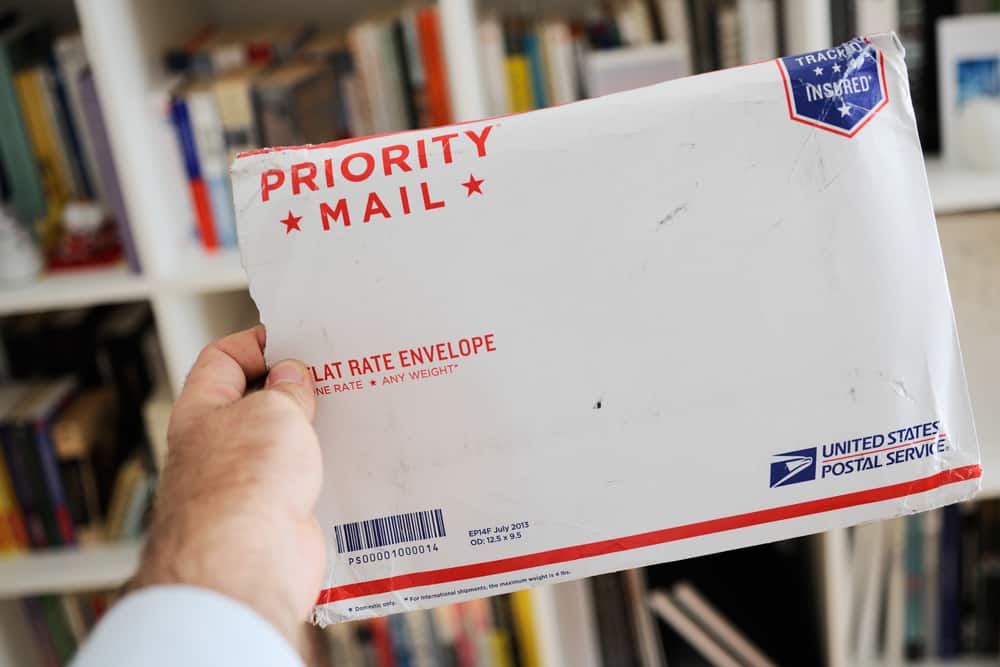
Shipping supplies
It’s even more convenient because USPS will deliver flat-rate envelopes and boxes right to your home at no cost. You can even order a single envelope or box. However, to be prepared, you can also order them in packs of 10 or 25 for most items.
For the more advanced, they will also deliver other necessary forms and packaging materials, including domestic return receipts, insured mail receipts and tracking labels. You can find free shipping supplies here.
(IMPORTANT: It is illegal to use to use a USPS Priority Mail Flat Rate envelope or box for shipping methods other than Priority Mail. You cannot use them as packing materials, turn them inside out and use them as “generic” mailing materials, or wrap them and ship them via a different delivery method, including its competitors. Basically, any sort of reuse or repurpose of the materials is prohibited. To prevent this, the USPS has printed the guidelines on the inside of all the packaging.)
Packing materials
Need packing materials on the cheap? To prevent damage in shipping, you always want to ensure the items are properly packed and secure.
While the USPS does not provide any complimentary packing materials, you can make your own at home for very little cost. In fact, you probably have stuff around the house right now that’s perfect for packing items, including:
- Old newspaper, magazine pages, junk mail and wrapping paper can easily be balled up, torn into strips or just used to wrap items. (Pro tip: This is a good reason to buy up all of the discounted wrapping paper you find after the holidays. Wrapping paper is often one of the few things left on the shelves in abundance on clearance — often at 90% off.)
- For more delicate items, such as breakables, cut up old t-shirts, towels or other clothing and pack it around objects as a space filler. Larger pieces of clothing can be used to wrap and protect breakables.
- No bubble wrap? Consider using resealable storage bags. Grab a straw and fill each bag with air and seal. You’ve just created your own air pillows! For added security, you may want to tape them shut, so they don’t pop open during shipment.
- No packing peanuts? Use popcorn instead of peanuts! Make a fresh batch of air-popped popcorn and fill the box for cushioning. (For a cleaner option, just fill storage bags with the popcorn.) Of course, do not use microwave or traditional popped popcorn. Otherwise, you’ll just have a package that arrives as a big oily mess. Use only air-popped popcorn.
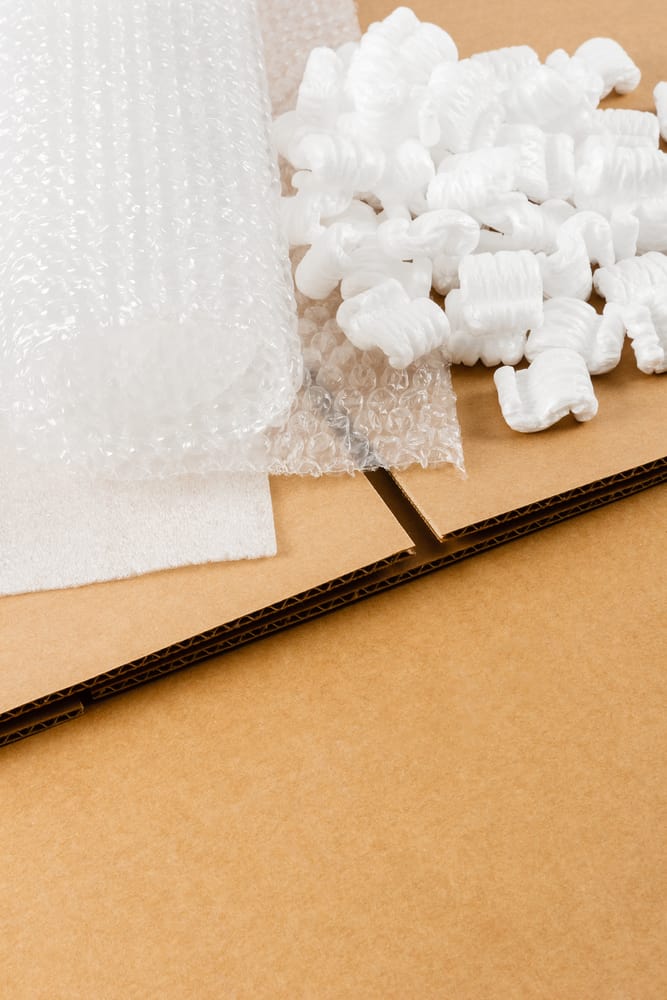
Delivery and return addresses
Is your envelope or package properly addressed? An incomplete, illegible or incorrect address can prevent your mail from reaching its destination on time. (You’d be surprised, but it’s the most common issue in the delay of mail.) Always double-check.
Here are some helpful tips in addressing your letters and packages:
Type or print clearly with a pen or permanent marker, so the address is easily legible. Do not use commas or periods.
Print or type the recipient’s name, including business or organization name (if applicable.) For the street address, use a post office box or street address. However, never use both. Plus, be sure to include a specific directional (for instance, SW for Southwest), if it’s included in the address. Also, don’t forget to include the apartment, suite or building number. The unit number ensures delivery to the right location.
The return address is equally important. First, it lets both the delivery service and recipient know where the letter or package originated. (In some cases, a return address may be required, depending on contents and destination.) However, most importantly, a proper return address ensures the proper handling of any return mail. Without a return address, you may lose the letter or package completely if there’s a delivery issue. Include the return address in the upper left corner on the front of the envelope or package, on the same side as the delivery address.
Fun Fact: Why is ZIP in ZIP code capitalized? Well, because it’s actually an acronym. “ZIP” stands for “Zone Improvement Plan.” Introduced in 1963, the system divides large areas into more manageable, smaller postal districts. Now, in a game of trivia, you can zip off the answer!
Pay for postage
Of course, you’ll need to pay for the postage. No problem. Simply print and pay for postage labels online with USPS’ Click-N-Ship. Most domestic Priority Mail shipments already qualify for FREE insurance up to $50. (However, you can purchase additional insurance.) Plus, if you need a return receipt for proof of delivery or a signature confirmation, you can pay for those extra services when you create the shipping label.
If you need to track the progress of your package, USPS Tracking is provided at no cost for domestic Priority Mail letters or packages with a tracking number. Simply have updates sent by email or text.
Package pick-up
Finally, arrange for FREE package pick-up online for most packages, all right from your home. The service saves time and prevents you from ever having to go the post office again. The free service is available only at the time your mail is regularly delivered to your home.
This makes it super simple to learn how to mail a package from home! Shipping packages from home is a breeze when someone else comes right to you
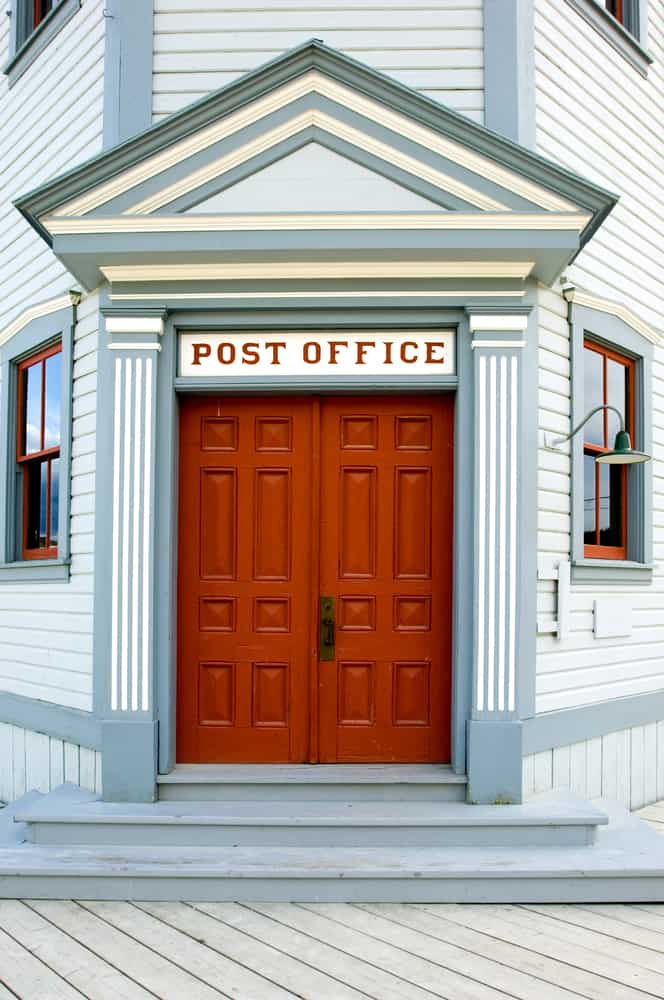
Working from home?
For those who regularly ship packages, the best resource is the USPS-approved licensed vendor Stamps.com. The company’s online postage service enables small businesses, enterprises and online retailers to print U.S. Postal Service-approved postage with just a computer, printer and Internet connection, right from home.
They provide much of the necessary equipment (including a scale) and paperwork for you to ship packages from your home. There is a monthly fee of (currently) $17.99, so it’s not for the occasional at-home mailer. However, for someone with a small business, it’s a smart investment. Even better, the company promises customers “receive postage discounts you can’t get at the Post Office.”
Still need to go the post office, but want to limit your interactions?
If you prefer to go in-person, but want to avoid lots of interaction, the best option is the USPS’ Self-Service Kiosk. The stations are available at nearly 3,000 post offices nationwide in the lobby, most open 24 hours, 7 days per week. (Even when the post office is closed, you can still access the self-service kiosks. For fewer people, one of the best times to go is late in the evening, after the post office has closed.) Plus, there are no extra fees to use the little blue machines. It’s important to note that all of the transactions are credit or debit cards only.
The kiosks offer a wide range of services, including:
- Weighing letters, flats and parcels up to 70 pounds
- Purchasing variable rate postage (in any denomination) for Priority Mail Express, Priority Mail, First-Class Mail and USPS Retail Ground services
- Purchasing Delivery Confirmation, Signature Confirmation, Insurance, Certified and Return Receipt After Mailing services
- Printing Priority Mail Express forms
- Performing ZIP Code lookup
- Purchasing stamps (usually just one or two basic design options)
To locate a kiosk, go to Quick Tools on usps.com to “Find USPS Locations”. In the drop down list, under “Location Types”, select “Self-Service Kiosks.” Enter your city and state or ZIP Code and search for a list of postal facilities with a kiosk closest to you.
While USPS may be the most well-known delivery service, there are two other options available: FedEx and United Parcel Service.
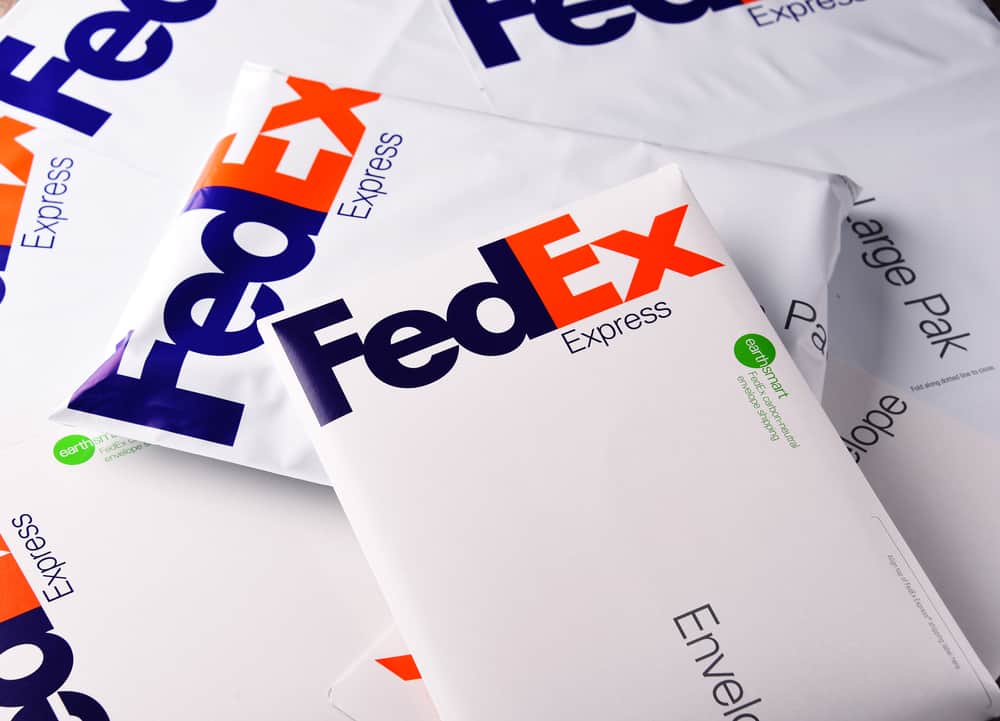
FedEx
FedEx offers many of the same services but can be a little more expensive. However, if you open a free account, you can get discounted services.
The company offers FedEx One Rate — flat-rate shipping for packages up to 50 pounds. However, the price varies based on the shipment’s origin and destination, the size of the package and the chosen speed of delivery. (With FedEx One Rate, you can ship a FedEx Small Box via FedEx Express Saver for as low as $12.05.) Get the current FedEx One Rate pricing here.
FedEx also offers complimentary envelopes and boxes, all delivered to your home at no cost. Choose from a range of FREE, ready-to-use self-sealing packaging in various shapes and sizes. They’re available in-store or online.
And, for convenience, you can pay for shipping and print labels online. Finally, just schedule a package pick-up right from your home.
For more details on “How to Ship a Package” via FedEx, click here.
UPS (United Parcel Service)
For easier access and navigation online, you must have a UPS account. In addition, registered users have access to discounts.
UPS is a much more complex service. Shipping cost depends on origin, destination, service, package weight and other considerations. To calculate time and cost, click here.
The company also offers complimentary supplies, including packaging, forms and labels, all delivered to your home at no cost.
Plus, you can pay for shipping and print labels online. Finally, just schedule a package pick-up right from your home.
For more details on how to “Get Started With UPS”, click here.
Now that you know how to mail a box, package, and letter from home, it’s time to send out those gifts or packages! These tips show that mailing from home couldn’t be easier to do!
